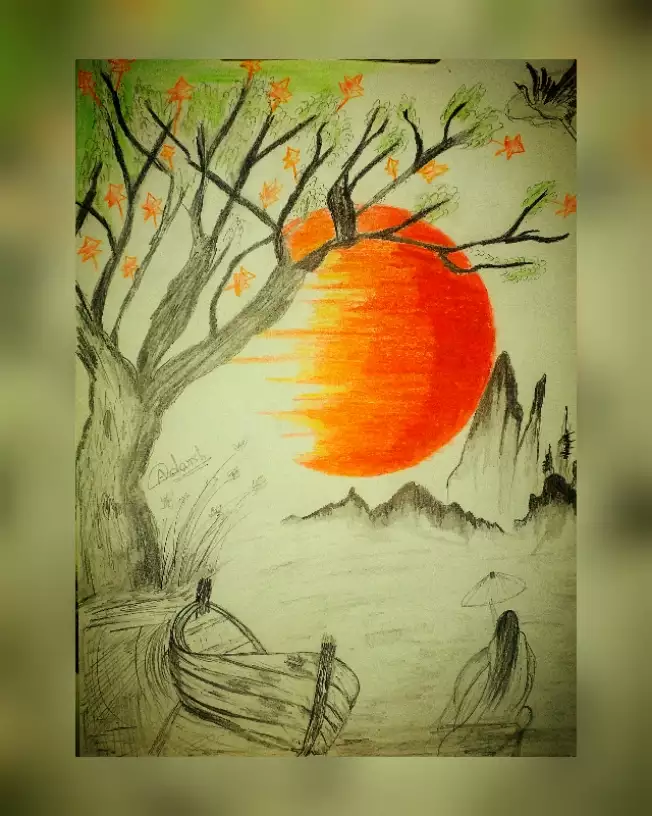Exploring the Diverse Globe of Artistic Expression: From Surrealism to Abstract Realistic Look
In the realm of imaginative expression, from the dreamlike landscapes of surrealism to the elaborate play of light and kind in abstract realism, musicians have constantly pushed the boundaries of creativity and creativity. As we explore the multifaceted globe of art, we are provided with a tapestry of styles, methods, and viewpoints that test our understanding and prompt reflection.
Surrealism: Letting Loose the Subconscious
Surrealism, a progressive creative activity of the 20th century, explored the midsts of the subconscious, revealing a globe of dream-like images and unusual juxtapositions. Pioneered by musicians like Salvador Dali, René Magritte, and Joan Miró, Surrealism looked for to challenge the standard means of understanding and seeing art. Via techniques such as automatism and dream evaluation, Surrealist artists intended to use the subconscious mind to reveal covert facts and needs.
One of the crucial elements of Surrealism was the focus on the irrational and the incredible. By integrating unexpected aspects in their jobs, Surrealist musicians intended to develop a feeling of disorientation and shock in the visitor. This interruption of logic and factor was meant to prompt a deeper exploration of the subconscious and the secrets of the human subconscious.
Abstract Realistic Look: Redefining Understanding
Testing standard artistic limits, Abstract Realism redefines understanding with the blend of recognizable elements with abstract forms. This cutting-edge strategy to art incorporates the representational accuracy of realism with the imaginative flexibility of abstraction, using viewers a special aesthetic experience that prompts them to question their perception of fact.
In Abstract Realism, musicians strive to record the significance of their subjects while likewise infusing their deal with a sense of deepness and intricacy via abstract aspects. By mixing the aware of the unknown, these artists invite audiences to engage with their items on several degrees, urging them to discover the nuances of structure, form, and color.

Cubism: Fragmentizing Fact
Utilizing geometric forms and fragmented point of views, Cubism reinvented the artistic representation of fact in the early 20th century. This method not just deconstructed truth but also highlighted the monotony of the canvas, leading the method for future abstract art activities.

Cubism can be categorized into two major stages: Analytical Cubism, defined by single color pattern and elaborate, fragmented types; and Artificial Cubism, which incorporated collage aspects and brighter colors right into the make-ups. Via these unique stages, Cubism affected not only painting however also design, design, and sculpture. trump art. Its impact resounded throughout the art world, motivating artists to explore brand-new ways of analyzing and representing the world around them
Expressionism: Feelings on Canvas
Exploring the depths of human feelings through expressive and vivid brushstrokes, Expressionism emerged as a profound creative activity in the early 20th century. Unlike previous art movements that concentrated on illustrating the outside world, Expressionism looked into the internal world of the artist's subconscious, aiming to stimulate raw feelings and prompt natural reactions from viewers.
Expressionist musicians, such as Edvard Munch, Egon Schiele, and Emil Nolde, denied standard concepts of appeal and realistic look in support of misshaping form and shade to convey subjective feelings. Using exaggerated brushwork, strong shades, and distorted figures aided produce a sense of anxiousness, alienation, or enthusiasm in their works.
One of one of the most renowned go to this web-site instances of Expressionism is Munch's "The Scream," which catches the intense anxiety and misery of contemporary life via its swirling, distorted number against a blood-red sky. Via their emotionally charged jobs, Expressionist musicians looked for to test conventional imaginative norms and offer a window right into the turbulent depths of the find out human soul.
Contemporary Art: Advancing Perspectives

Among the specifying attributes of contemporary art is its constant development and ability to adapt to changing cultural landscapes. Musicians are progressively including innovation right into their practice, obscuring the lines in between the physical and digital realms. This blend of mediums enables cutting-edge ways of storytelling and engaging with audiences in a much more interactive fashion.
Furthermore, modern art frequently acts as a platform for social discourse, resolving pushing issues such as identity, politics, and the atmosphere. Musicians are utilizing their job to trigger crucial conversations and prompt idea, losing light on the intricacies of the world we live in. As viewpoints proceed to advance, contemporary art continues to be a dynamic and prominent pressure in forming our social landscape.
Conclusion
To conclude, the world of creative expression includes a wide variety of designs and motions, each with its very own unique strategy to sharing significance and feeling. From surrealism's expedition of the the original source subconscious to abstract realistic look's redefining of assumption, and from cubism's fragmentation of reality to expressionism's portrayal of emotions, art proceeds to evolve and challenge point of views - trump art. Contemporary art reflects the ever-changing world we reside in, supplying new methods to translate and understand the complexities of our reality
As we explore the multifaceted globe of art, we are presented with a tapestry of designs, strategies, and viewpoints that test our understanding and provoke consideration. Its effect resounded across the art world, inspiring musicians to check out new methods of analyzing and standing for the globe around them.
